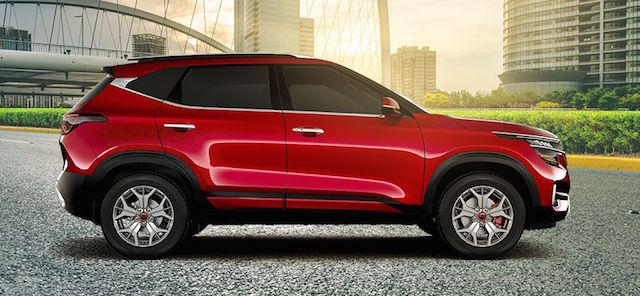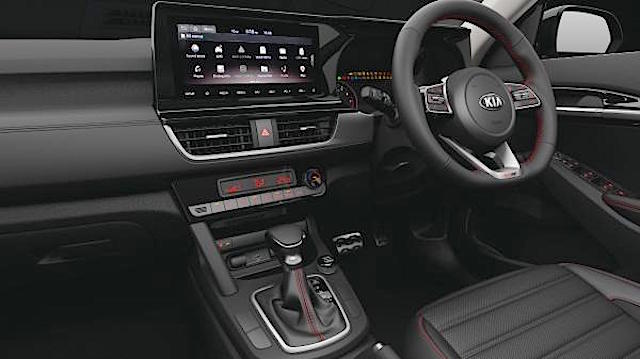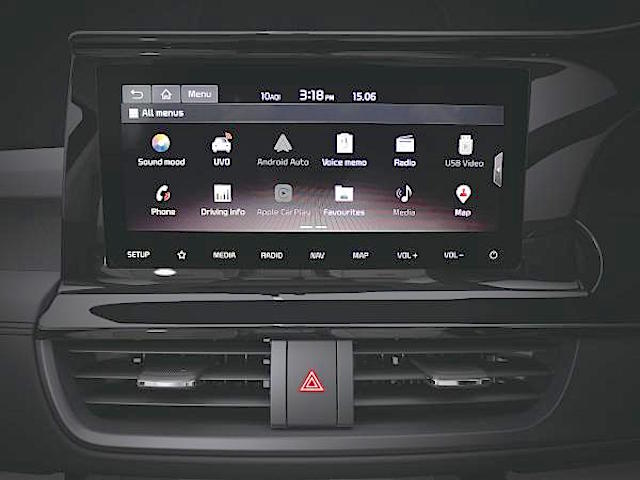
South Korean carmaker Kia is telling its global distributors that sales of compact SUVs will grow a further 20 per cent over the next three years, from 6.5 million in 2018 to more than 8.2 million in 2022.
It’s a forecast that falls in line with the segment’s growth in New Zealand. At the end of June, 10,551 compact SUVs were registered with the NZ Transport Agency (NZTA), up 4.3 per cent on the 10,125 logged in the same six-month period last year.
Assuming the growth continues for the rest of the year, compact SUV registrations for 2019 will total around 21,800 – a 4.3 per cent hike on last year’s 20,937.
Factor in ongoing 4-5 per cent growth each year over the next three (roughly 22,800 compact SUVs in 2020; 23,900 in 2021; 25,000 in 2022) and Kia’s prediction will have been pretty much on the money: a 19 per cent gain on 2018.
The projected growth in the smaller SUV segment is one of the reasons Kia is bringing its new Seltos SUV to New Zealand, either later this year or early next.
Another is Seltos’ standout feature: its cabin space. It has “the largest cabin and trunk (boot) of any B-segment SUV currently on sale”, says Kia.
B-segment includes models such as the Hyundai Kona, Mazda CX-3, Suzuki S-Cross, Holden Trax, Mitsubishi ASX, Honda HR-V, Toyota CH-R.
The name Seltos comes from Greek mythology, from Celtus/Celtos, the son of the Greek hero Heracles. The Romans called him Hercules.
But the Greek/Roman historian Appian of Alexandria reckoned Heracles/Hercules was dreaming, that Celtus/Celtos was instead the son of the cyclops Polyphemus and his wife Galatea, and therefore the grandson of Poseidon, god of the sea.
Whatever the boy’s provenance, Kia dipped into Homer’s Odyssey and replaced the “C” with an “S”, for sportiness and speed, it said.
“Seltos has absolutely everything to be a contender in the compact SUV segment for our brand,” says Kia NZ general manager Todd McDonald.
But he’s not sure which of the four equipment grades will be suitable. “We’ve made no decision. We have to look at what’s available, how the pricing fits in the New Zealand market. ”
The line-up starts with the S grade, then the Sport, the Sport+ and the flagship GT-Line. S grade rides on 16-inch alloys, Sport on 17s, and Sport+ and GT-Line on 18s.
The S grade and Sport will be powered by a 2.0-litre petrol engine running the fuel-saving Atkinson cycle and putting out 110kW and 180Nm through the front wheels. Gearbox is a CVT unit.
Sport+ and GT-Line will use a 1.6-litre turbocharged petrol engine making 130kW and 265Nm and mated to a seven-speed dual-clutch gearbox and on-demand all-wheel drive. There’s also a locking centre differential.
S grade and Sport use a torsion beam set-up at the rear; Sport+ and GT-Line get an independent multi-link arrangement.
Seltos is 4370mm long — about 200mm longer than a Kona and 100mm longer than the Mazda CX-3 — and 1800mm wide. Its 2630mm wheelbase is just 40mm shorter than its bigger stablemate, the Sportage. Height is 1615mm and ground clearance 183mm.
The boot has two levels and provides a class-leading 498 litres of storage – but that’s with a get-home wheel and not a full-size spare. What NZ gets will be known closer to launch.





